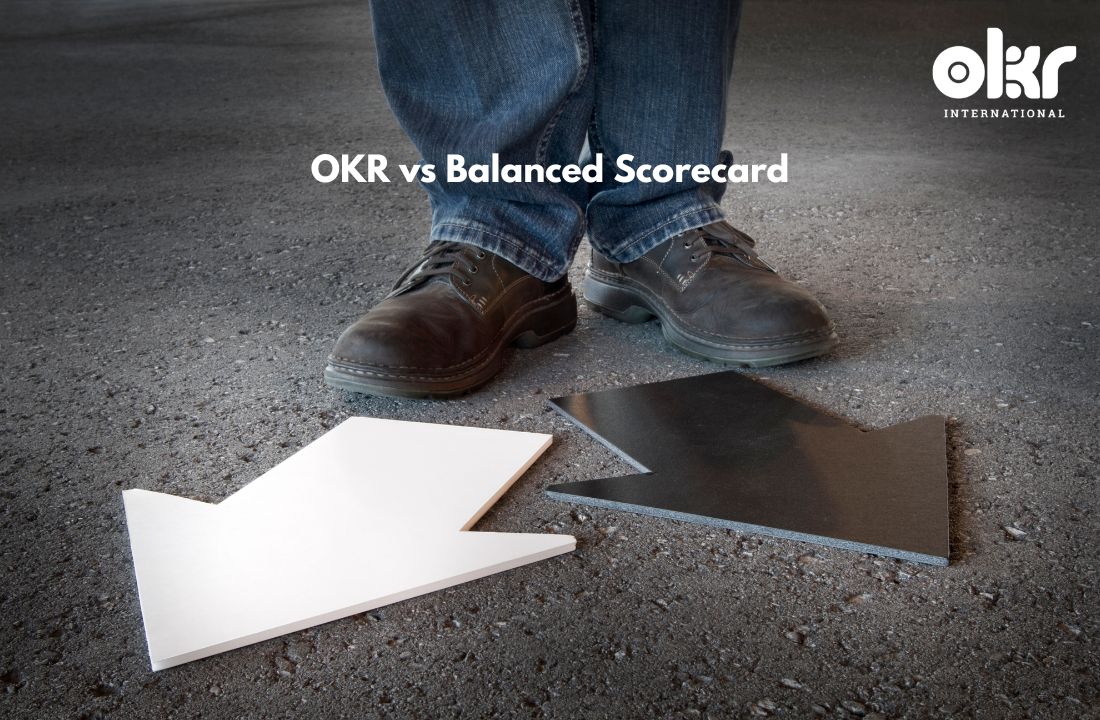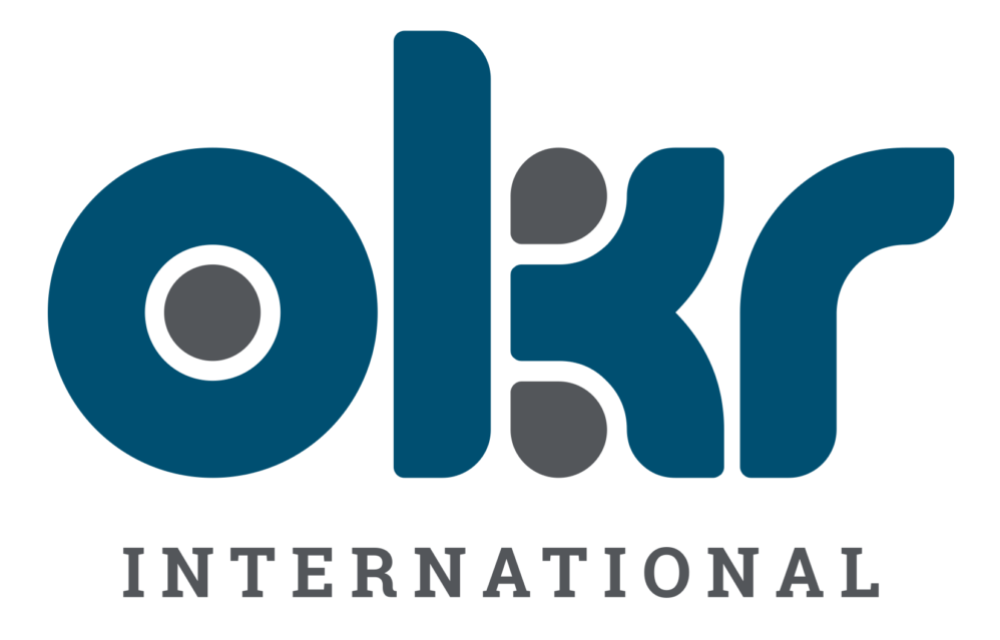OKR vs Balanced Scorecard – How are they similar? How are they different? Can they work together?
There are many questions out there. Some of them are: How are OKRs similar to Balanced Score Cards? How are they different from each other? Can they be used together? Let us start, first, by understanding them and we shall then go on to answering them.
WHAT IS OKR?
OKR is a goal management and execution framework popularly adopted by companies such as Spotify, Twitter, Airbnb, LinkedIn, Samsung, Microsoft, Amazon, and also used by companies such as Colgate, Walmart, Anheuser-Busch, Target, Gap, GE, Dun and Bradstreet, and ING Bank. Originally developed at Intel, it is most often cited as the go-to tool used by Google.
Objectives & Key Results (OKR) is a goal management & execution system that contains no more than 3-5 Objectives & no more than 3-5 Key Results for each objective. It has 3 major components viz. Objectives, Key Results and Initiatives.
Objectives answer the question, where do you want to go? Key results answer the question, how will you know you are getting there and how will you measure success? Initiatives answer the question, what will you do to get there?
WHAT IS BSC?
The balanced scorecard (BSC) is a strategic planning and management system. Organizations use BSCs to:
• Communicate what they are trying to accomplish
• Align the day-to-day work that everyone is doing with strategy
• Prioritize projects, products, and services
• Measure and monitor progress towards strategic targets
The name “balanced scorecard” comes from the idea of looking at strategic measures in addition to traditional financial measures to get a more “balanced” view of performance.
A key benefit of using a disciplined framework is that it gives organizations a way to “connect the dots” between the various components of strategic planning and management, meaning that there will be a visible connection between the projects and programs that people are working on, the measurements being used to track success (KPIs), the strategic objectives the organization is trying to accomplish, and the mission, vision, and strategy of the organization.
• The Balanced Scorecard Links Performance Measures
• How do customers see us? (customer perspective)
• What must we excel at? (internal perspective)
• Can we continue to improve and create value? (innovation and learning perspective)
• How do we look to shareholders? (financial perspective)
WHAT’S COMMON BETWEEN OKRS AND BSC?
• Both OKRs and BSC are driven by the organisations appetite & capacity to bring growth & change by using them.
• Both require a high degree of buy-in from its leadership sponsors and people using it.
• Both require and reinforce a culture of measurement and accountability.
• OKRs are similar to the BSC in that they define top strategic priorities as the starting point.
WHAT’S THE DIFFERENCE BETWEEN OKRS AND BSC?
• The BSC compels setting Objectives, Measure, Targets and Programs based on 2 leading and 2 lagging indicators. This forces organizations to create objectives and measures in four distinct, yet related perspectives of performance viz. Financial, Customer, Internal Processes, and Learning & Growth. OKRs allow more flexibility to choose Objectives, Key Results and Initiatives that may be ‘called out’ priorities for a business or team.
• The BSC is used traditionally on an annual basis while OKRs are set both annually as well as quarterly.
• OKRs are reviewed (cadence reviews) every quarter while BSC is reviewed annually in most cases.
• The BSC is usually cascaded down to through the organisation. OKRs typically do not cascade, they align. Once top level Strategic OKRs are set, functions and teams are encouraged to align to top level OKRs and also align across teams thereby enhancing ownership, empowerment and accountability.
• The BSC define measures as KPIs and they each have a target. OKRs consist of Key Results that are a combination of KPIs or metrics along with a target (how much and by when?).
• OKRs are transparent and encourage calling out interdependencies within and between teams. BSC may not always encourage transparency and interdependence, sometimes causing silos.
• BSC is used to assess performance and is often connected to incentives, bonuses, etc. OKRs are typically not linked to the reward systems within the organisation.
• OKRs encourage Big, hairy, Audacious Goals and teams and individuals are encouraged to experiment and ‘fail fast’. Achieving around 70-75% of the overall OKR is considered healthy. BSC relies on breaking down larger goals into smaller ones which are eventually cascaded. Achieving 100% or more, of the stated KPIs and targets, is desirable within the realm of BSC. This sometimes pushes people to ‘sandbag’.
CAN THEY BE USED TOGETHER?
OKRs and BSC can most definitely work together, in fact they could enable each other. Each framework has its advantages and when properly integrated, they can give phenomenal results to teams and organisations. Combining a Strategy Map (a key part of the Balanced Scorecard system) with OKRs can help organizations achieve focus and agility with OKRs coupled with execution success as the Strategy of the BSC provides the longer-term roadmap.
OKRs can take from the BSC element of visualizing strategy which allows organisational OKRs to be linked and rooted with its overall strategy, vision, mission and purpose. This could lend clarity to OKRs. Likewise, the BSC could adopt the OKR methodology to keep agile and review progress more frequently (every quarter) in light of the changing dynamics of the marketplace. This keeps the strategy relevant and prevent organisations from a slower response to internal and external changes.
OKRs are not a replacement for Balanced Scorecard or any other established management practice. OKRs are a useful addition to the strategy management tool chest, as they help encourage prioritization, focus, and action. Finally, while BSC helps focus on creating a holistic approach to strategy, OKRs ensure those strategies don’t become too macro, have more prioritized goals measured frequently, and encourage crating value by focusing on outcomes/results and not just outputs.
Read more on OKR FAQs.
Author: Nikhil K Maini
Founder & Managing Director – OKR International




